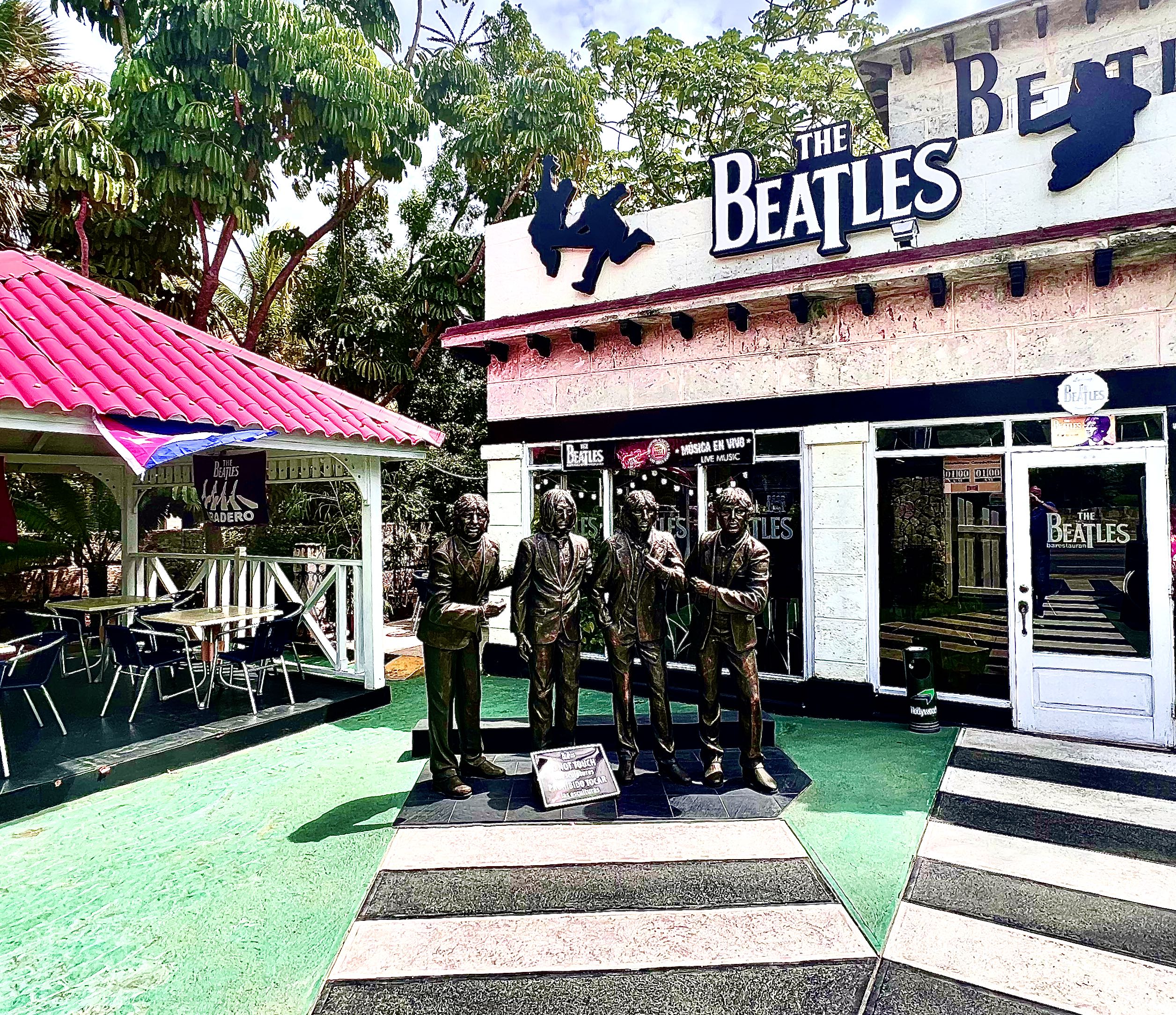Saphenion®: Ganzheitliche Gefäßmedizin in Rostock Saphenion®: Holistic vascular medicine in Rostock
Saphenion®: Ganzheitliche Gefäßmedizin in Rostock – Das Saphenion® Gefäßzentrum Rostock, steht heute für die Behandlung arterieller und venöser Erkrankungen, insbesondere mit dem schonenden Verfahren des Venenklebers und Mikroschaums. Seit zwei Jahren erweitert Prof. Thomas Bürger mit seiner Expertise zu arteriellen Gefäßerkrankungen das Spektrum. Hier verstärkt sich gerade der Zulauf interessierter Patienten auch im Bereich der arteriellen Diagnostik – die Wartezeit auf Termine dieses Fachgebietes liegen bei ca. 2-3 Wochen im Normalfall.
Saphenion®: Holistic vascular medicine in Rostock – Today, the Saphenion® Vascular Center Rostock stands for the treatment of arterial and venous diseases, in particular with the gentle procedure of vein glue and microfoam. For two years now, Prof. Thomas Bürger has been expanding the spectrum with his expertise in arterial vascular diseases. The number of patients interested in arterial diagnostics is also increasing – the waiting time for appointments in this specialist area is usually around 2-3 weeks.



